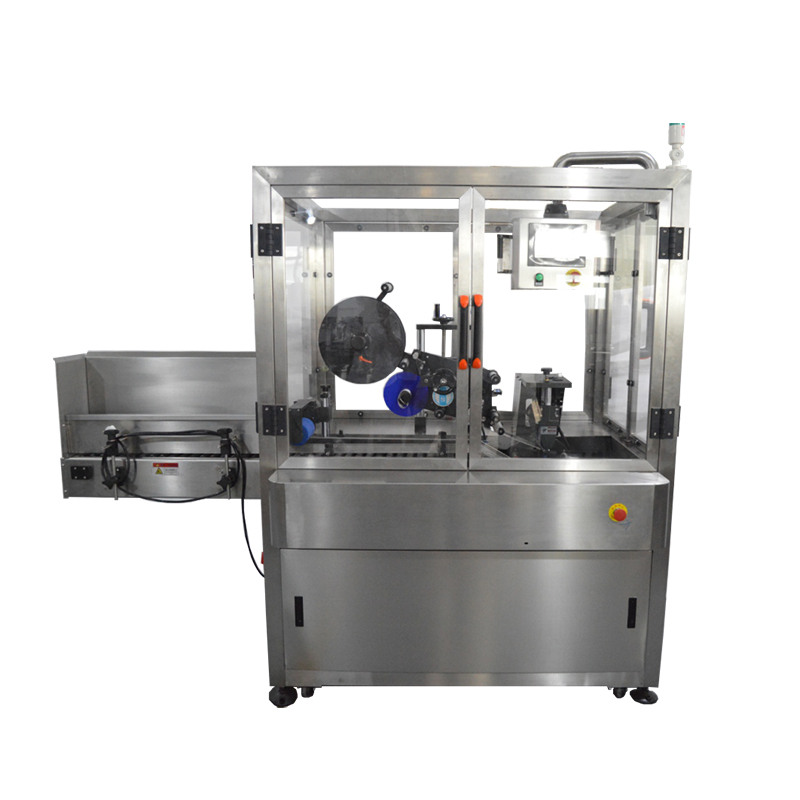
Summary
Toothpaste is a paste or gel dentifrice used with a toothbrush to clean and maintain the aesthetics and health of teeth. Toothpastes are derived from a variety of components, the three main ones being abrasives, fluoride, and detergent.
Toothpaste filling machines are used to package toothpaste into tubes or other containers. These machines are typically used in the production of consumer products, such as toothpaste, cosmetics, and food products. There are many different types of toothpaste filling machines available, including semi-automatic, and fully automatic machines. The type of machine used will depend on the volume of toothpaste being produced and the speed at which it needs to be filled. Some toothpaste filling machines are designed to fill tubes, while others are designed to fill bottles or other containers.
View VideoThe state of toothpaste is typically a thick, semi-solid paste. The viscosity of toothpaste can vary, but it is generally thick enough to be dispensed from a tube and applied to a toothbrush, but not so thick that it cannot be spread easily.
Toothpaste is formulated to be effective at cleaning teeth, freshening breath, and preventing tooth decay. It is also formulated to be safe and gentle on the mouth and teeth. Some toothpaste may contain additional ingredients, such as whitening agents or enzymes, to provide additional benefits.

Other types of toothpaste containers include pumps, flip-top caps, and squeeze bottles. These types of containers are less common than tubes, but they can be convenient for some users.

Production volume: The first thing to consider is the volume of toothpaste that needs to be produced. This will determine the size and capacity of the filling machine needed.
Container type: The type of container that the toothpaste will be packaged in will also be a factor in selecting a filling machine. Some machines are specifically designed to fill certain types of containers, such as tubes or bottles.
Filling accuracy: It is important to select a filling machine that can accurately dispense the correct amount of toothpaste into each container. This will ensure that the product is consistently filled and of high quality.
Speed: The speed at which the filling machine can operate will also be a factor in the selection process. Higher-speed machines may be necessary for higher production volumes, while lower-speed machines may be sufficient for smaller productions.
Cost: The cost of the filling machine will also be a consideration. It is important to find a machine that meets the production and accuracy needs at a price that fits the budget.
Maintenance and upkeep: It is also important to consider the maintenance and upkeep requirements of the filling machine. Some machines may require more frequent maintenance or have higher repair costs than others.
By considering these factors, it is possible to select the best toothpaste filling machine for a particular production needs.
- Proper sanitation: It is important to ensure that all equipment and surfaces used in the filling process are properly sanitized to prevent contamination of the toothpaste.
- Filling accuracy: It is important to accurately fill the toothpaste containers to the correct volume to ensure product consistency and quality.
- Container handling: Care should be taken to handle the containers gently to prevent damage. This is especially important for containers made of glass or other fragile materials.
- Air bubbles: It is important to avoid introducing air bubbles into the toothpaste during the filling process. Air bubbles can cause the toothpaste to spoil or become less effective.
- Temperature control: Toothpaste is sensitive to temperature changes, so it is important to maintain a consistent temperature during the filling process to prevent the toothpaste from becoming too hot or too cold.
By following these guidelines, it is possible to produce high-quality toothpaste that is safe and effective for use.
Benefits of Using an Toothpaste Filling Machine
There are several benefits to using a toothpaste filling machine:
- Increased efficiency: Toothpaste filling machines can fill containers quickly and accurately, which can increase production efficiency and reduce the time and labor required to package the product.
- Improved accuracy: Toothpaste filling machines are designed to dispense precise volumes of toothpaste into each container, which can improve the consistency and quality of the finished product.
- Reduced waste: By accurately filling the containers, toothpaste filling machines can help to reduce waste and ensure that the correct amount of toothpaste is used in each container.
- Increased safety: Toothpaste filling machines can help to reduce the risk of injury or accidents by automating tasks that may be hazardous for humans to perform.
- Cost savings: Toothpaste filling machines can help to reduce labor costs and improve production efficiency, which can lead to cost savings for the company.
By using a toothpaste filling machine, it is possible to improve the efficiency, accuracy, and safety of the toothpaste production process.








